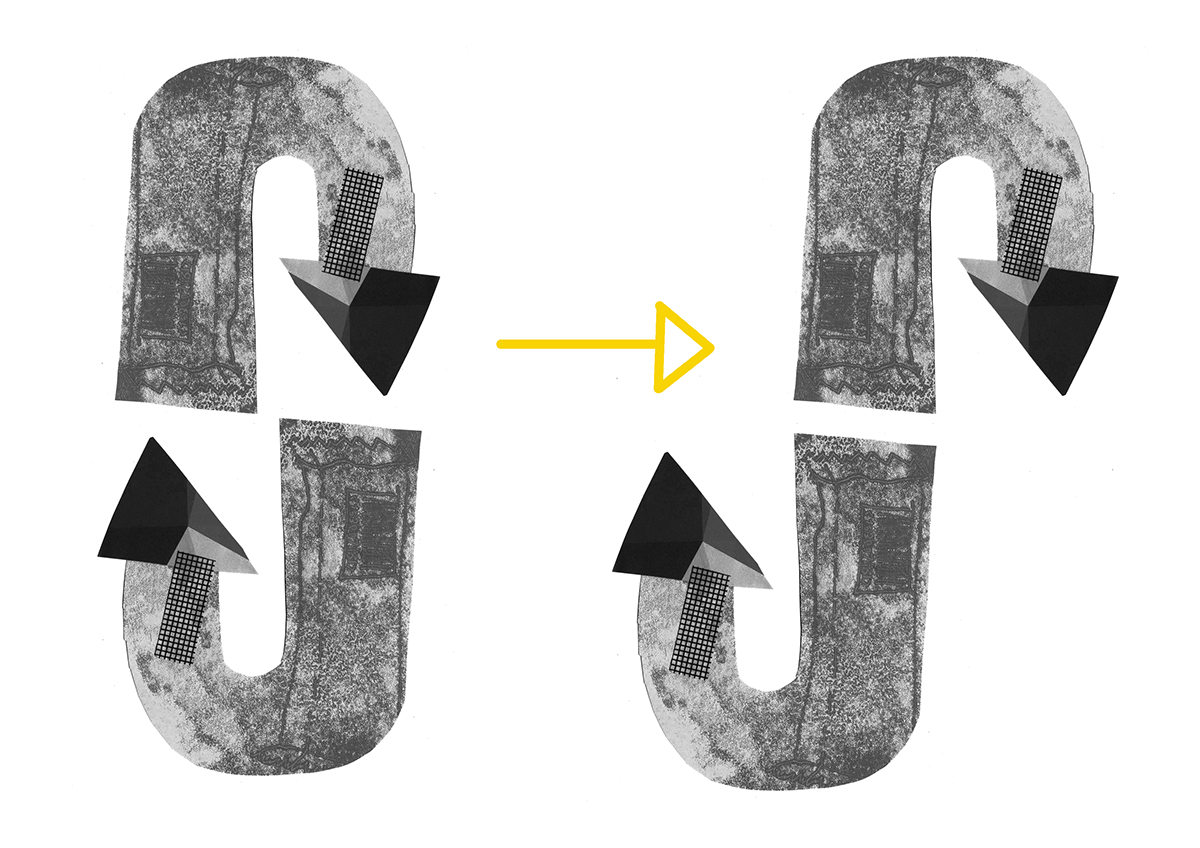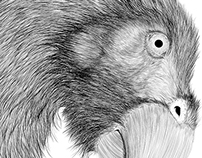BDF16 TENSE – a digital discourse on PAIN
An evening of Digital artists and producers, Sarah Pickthall and Genevieve Smith-Nunes, curated an evening of installations with Jon Adams and Rachel Bagshaw, and presentations by Genevieve Smith-Nunes, Howard Hardiman and Clare Plumley at the Lighthouse on 26 September
Clare Plumely

Is it possible to encourage interference, disrupt a faulty pain system and extend sensory experience via visual language/immersive environments? How might we challenge the perception and experience of pain though play, shift the focus to sensation? Clare has a chronic pain condition and as a result of this have developed heightened sensory responses to her environs and to my internal physiological activity. Instead of trying to block pain as it arrives she has learned to go into it, explore it’s fluctuations, challenge any sense that it might be fixed. she uses sound, shape, texture to transform the experience of pain into sensation, it’s an internal sensory system, like a sort of self-taught synesthesia.
She presented a paper entitled: “Brain in Pain: body mapping, pain visualisation and mapping the invisible’ at a research workshop at ‘Electronic Visualisation in the Arts’ Conference in London in July 2014.(1) During the presentation http://www.slideshare.net/clareplumley/brain-in-pain (2) she talked about the signalling system of a brain in pain, ‘brain and pain maps’, ideas of induced synesthesia and brain plasticity. Wonndered whether we might explore the idea of sensory orchestration, neuroplasticity and the phantom or virtual body to patients through the use of technology and looked at the work of artists who are using technology to explore different models of embodiment.
 Howard Hardiman started out hand-drawing the graphic novel Badger. He now publishes his books online using Twine software, for telling interactive, non-linear stories. His research-based arts practice began when he interviewed male escorts in London and created the comic, The Lengths. He initially did pen and ink drawings but as The Lengths developed, Howard shifted to drawing using Manga Studio software and a Wacom tablet. People who experience chronic pain are advised to meditate, to bring awareness to the body, which Howard says would perhaps work “if my body was not so hostile to me”.
Howard Hardiman started out hand-drawing the graphic novel Badger. He now publishes his books online using Twine software, for telling interactive, non-linear stories. His research-based arts practice began when he interviewed male escorts in London and created the comic, The Lengths. He initially did pen and ink drawings but as The Lengths developed, Howard shifted to drawing using Manga Studio software and a Wacom tablet. People who experience chronic pain are advised to meditate, to bring awareness to the body, which Howard says would perhaps work “if my body was not so hostile to me”.This on going discussion of what is pain, how it presents and how it limits the individual is one not to be forgotten.
